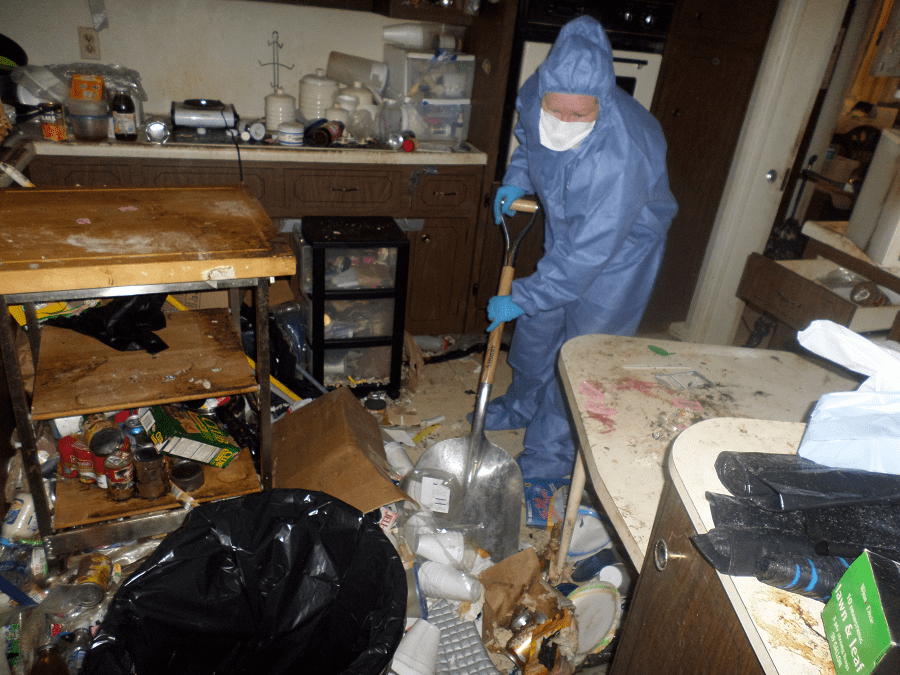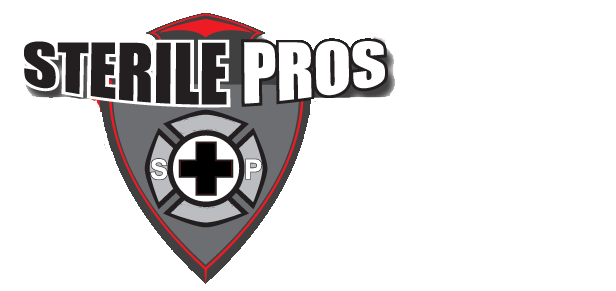Understanding Our Fascination with Hoarders

For the average person, extreme hoarding defies belief, but like a car wreck, we can’t look away from it. The popularity of A&E’s Hoarders, TLC’s Hoarding: Buried Alive, and The Style Network’s Clean House bear witness to our grim fascination. Even the Brits are complicit, adding their own series to the messy mix: The Hoarder Next Door and Hoarder Homes: No Room to Move. The latter features episodes evocatively titled “Landfill in My Living Room” and “Trapped by My Trash.”
As citizens of the richest nation on the planet, more than a few of us are guilty of owning too much “stuff.” Watching reality shows about hoarding may make us feel better about our own accumulation of possessions. They allow us to think, “Maybe I’m not that bad a housekeeper,” or “My closet may be crammed but at least there are no rats living in it.”
But maybe you’ve watched Hoarders and thought, “Woah. I really do have a lot of old bank statements and music cassettes in the attic. Am I on the path to becoming a hoarder?”
The answer: it’s not beyond the pale because the symptoms of hoarding increase with age. You know all the old adages about growing older and wiser? They do not apply to hoarding. Hoarding accelerates with age. In fact, an estimated 7% of adults over the age of 60 can be considered hoarders.
Am I a Hoarder?
How can you tell if you’re on the path to becoming trapped by your own trash? Ask yourself the following questions:
- Did you buy an inordinate amount of toilet paper in March 2020? If you used it up and discontinued the frenzied accumulation, you were just panic buying.
- Do you regularly buy bundles of family-sized breakfast cereals and pasta salad mixes at Costco? If you use them up or if you allow yourself to donate them to a food drive, you are more of a stockpiler. Not to be confused with panic buying, stockpiling involves planning and thinking ahead.
- Do you have too many clothes? If you are able to cull through your closets and drawers and part with the things you no longer wear or like, then you may be indulging in too much retail therapy, but you probably are not a hoarder.
- Do you have shelves of Star Wars memorabilia displayed all over your home? You are a collector, not a hoarder.
The Top 10 Things Hoarders Obsessively Hoard
What do hoarders hoard? The short answer: nothing of any use. The vast majority of hoarded items consists of everyday junk that should have been tossed long ago. Why hoarders collect such stuff may have to do with the disorder’s possible relationship to obsessive compulsive disorder. However, illogical, hoarders argue that the junk they hang on to is still good or might be needed some day. They literally cannot be compelled to part with decades old copies of Better Homes and Gardens or obsolete phone chargers.
Hoarders fill every nook and cranny of their homes with:
- Excessive amounts of paper, such as junk mail and newspapers
- Reading material, including old books and outdated magazines
- Clothes and shoes
- Boxes
- Bags
- Plastic containers like old cottage cheese or deli meat tubs
- Outmoded media, such as VHS or 8 track tapes
- Broken electronics, cords, chargers, appliances, etc.
- Children’s art work and school papers
- Sentimental things like boxes of old photographs or ratty Christmas decorations
Hoarding Clean Up Is Not Optional
Hoarding presents a number of negative impacts to both humans and property.
Massive piles of junk that clog rooms and collapse onto floors present a fall risk. Given the fact that hoarders are often elderly, any fall can have life-threatening consequences.
Piles of paper, clothing, boxes, and other flammable items present a significant fire hazard. Hoarded materials frequently block exits. In case of fire, all of these obstructions endanger a home’s residents as well as the firefighters trying to save them. As a result, hoarding is linked to a high percentage of fire deaths, most of them preventable.
Trash-riddled homes attract a variety of pests, from bed bugs, fleas, and cockroaches to mice and rats. Besides being an immediate health risk, such vermin are tough to exterminate.
Property damage in hoarding situations can be costly. In some cases, the accumulation of hoarded materials can even undermine structural integrity. Cleaning up a property vacated by a hoarder is not for the faint of heart and can require the services of a company specializing in biohazard and hoarder clean up.
If you are faced with cleaning up a hoarding situation, let the professionals at Sterile Pros take the weight off your shoulders. Our experienced team will efficiently and effectively restore your property to safe, liveable condition.
